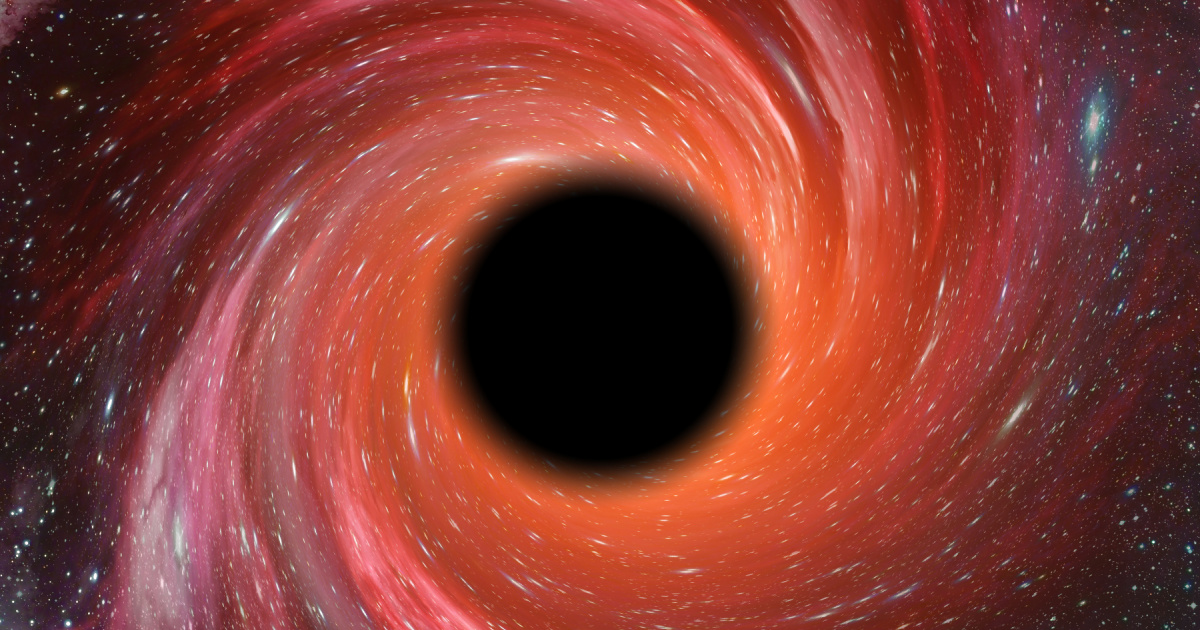
We all know there’s a learning curve with any new technology, right? We get something new and we expect to have to take a few hours or days (or longer) before we feel comfortable using it.
Apparently that rule also applies to the super smart astrophysicists who look at the images and data provided by the James Webb telescope.
They’re calling it one of the James Webb’s “most unexpected” discoveries to date – that tiny red dots in the oldest corners of the universe are actually “baby” supermassive black holes.
Jorryt Matthee, an astrophysics professor at the Institute of Science and Technology Austria, explains why this is an intriguing discovery.
“Faint little red dots very far away in the universe’s distant past are small versions of extremely massive black holes. These special objects could change the way we think about the genesis of black holes.”
In their paper, they explain their intention to hone in on how these early-stage supermassive black holes change over billions of years.
“The present findings could bring us one step closer to answering one of the greatest dilemmas in astronomy: According to the current models, some supermassive black holes in the early universe have simply grown ‘too fast.’ Then how did they form?”
These supermassive black holes can reach proportions larger than our sun by the billions as far as mass. Scientists have theorized that they grow by merging with other black holes, but so far, the details of their origin and growth have remained a mystery.
There is one, dubbed Sagittarius A*, in our own Milky Way that is around 4.3 million times the mass of the Sun.
One type of supermassive black hole is called a quasar. Their hallmarks are luminous galactic cores that light up as gas and dust fall into them, making them one of the brightest objects in the universe.
One of them can emit thousands of times more light than our entire galaxy.
The authors of this paper believe those little red dots are smaller-than-average quasars.
“One issue with quasars is that some of them seem to be overly massive, too massive given the age of the universe at which the quasars are observed. If we consider that quasars originate from the explosions of massive stars and that we know their maximum growth rate from the general laws of physics, some of them look like they have grown faster than is possible.”
They theorize that these baby quasars predate the era of supermassive ones, but believe they will eventually balloon into much larger black holes themselves.
“Studying baby versions of the overly massive SMBHs in more detail will allow us to better understand how problematic quasars come to exist.”
They’re red due to dust, but will perhaps one day appear blue thanks to the bright disc of matter orbiting and feeding them.
As with all scientific discoveries, there is always more to learn.
As Mathee says, “we have probably only scratched the surface.”
If you think that’s impressive, check out this story about a “goldmine” of lithium that was found in the U.S. that could completely change the EV battery game.